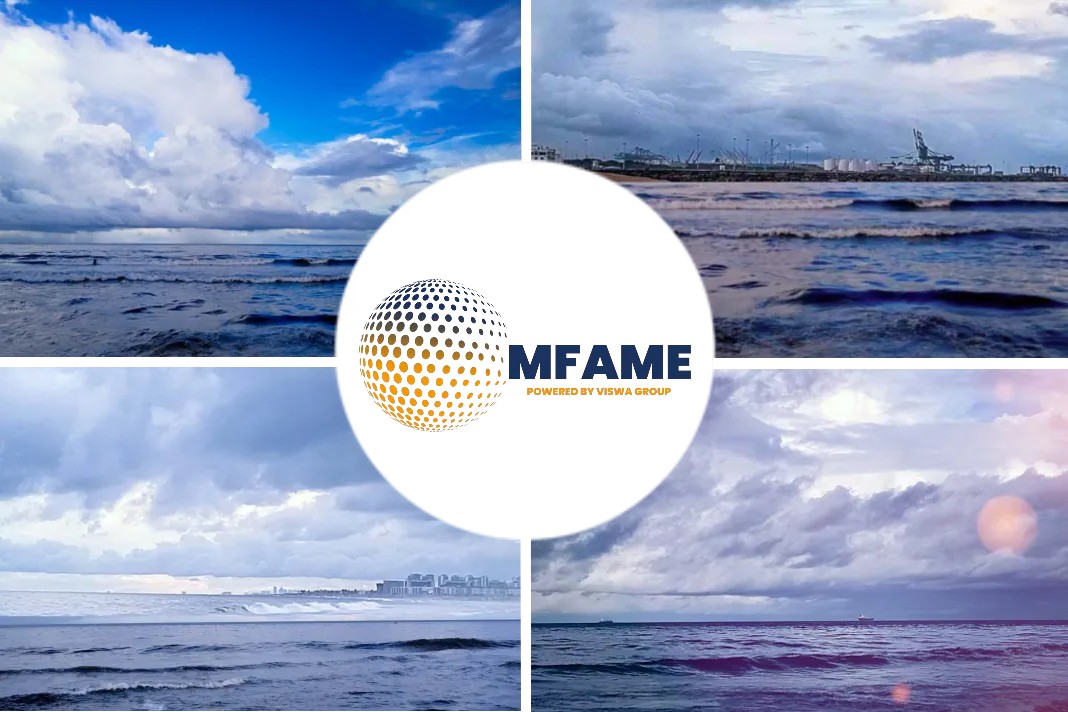- Classification society DNV GL and FPSO specialist Bluewater have teamed up on a pilot project to use hybrid digital twin technology to predict and analyse fatigue on an FPSO hull.
- The project would quantify the benefits of creating a virtual replica of the FPSO to optimize the structural safety of the vessel and enhance risk-based inspection (RBI).
- The technology enables the monitoring of the asset’s hull structure during operation without dependence on costly routine inspection regimes.
- Termed ‘Nerves of Steel’, the concept permits the use of various data sets combined with digital models of the asset, to develop a hybrid replica model of the vessel’s structure.
- This can be used in real-time to monitor the asset’s condition, identify and monitor high-risk locations, and plan targeted and cost-efficient maintenance and inspection activities.
DNV GL and FPSO specialist Bluewater are undertaking a pilot project to use hybrid digital twin technology to predict and analyze fatigue in the hull of an FPSO in the North Sea, reads DNV GL website.
Benefits of a virtual FPSO
The project aims to validate and quantify the benefits of creating a virtual replica of the FPSO to optimize the structural safety of the vessel and enhance risk-based inspection (RBI), a decision-making methodology for optimizing inspection regimes.
The pilot underpins Bluewater’s mission to take a proactive, responsible approach to safety and environmental care in its operations.
Hybrid twin technology
Digital twins provide a virtual model of a physical ship, producing valuable insights from data. Specifically, a digital twin is a digital replica of a living or non-living physical entity. By combining the physical and the virtual world, data is provided enabling the virtual entity to exist at the same time with the physical entity.
DNV GL adds that hybrid twin technology uses a combination of numerical design models and data from actively recorded strain gauge sensors on board the FPSO. These sensors allow for a full understanding of the accumulative loading and current state of the FPSO structure.
A multi-blended technology!
The technology blends computer-simulated modelling with real-time data, which is then streamed to the operator via DNV GL’s Veracity data platform or an existing data transfer solution.
Referring to the project, Koheila Molazemi, Technology and Innovation Director, DNV GL – Oil & Gas commented, “By informing and enhancing the RBI process, operators can reduce operational costs and time, providing significant improvements in safety, thereby extending the lifespan and integrity of assets.”
“With fluctuating oil price and the impact of Covid-19 on travel, delivering a mirror image of an asset from the safety of shore needs to be trusted and of value,” she added.
Risk and cost management
The pilot with Bluewater is expected to provide new insight and smarter ways of managing risks and costs related to structural integrity management.
The project will evaluate the performance of hybrid digital twin technology. With global support from the advisor’s experts in Singapore, the UK and Norway, the first involved defining a repair procedure for a FPSO flare tower.
Another trial, which is still ongoing, is being performed on a fixed offshore platform.
Did you subscribe to our daily newsletter?
It’s Free! Click here to Subscribe!
Source: DNV GL
















